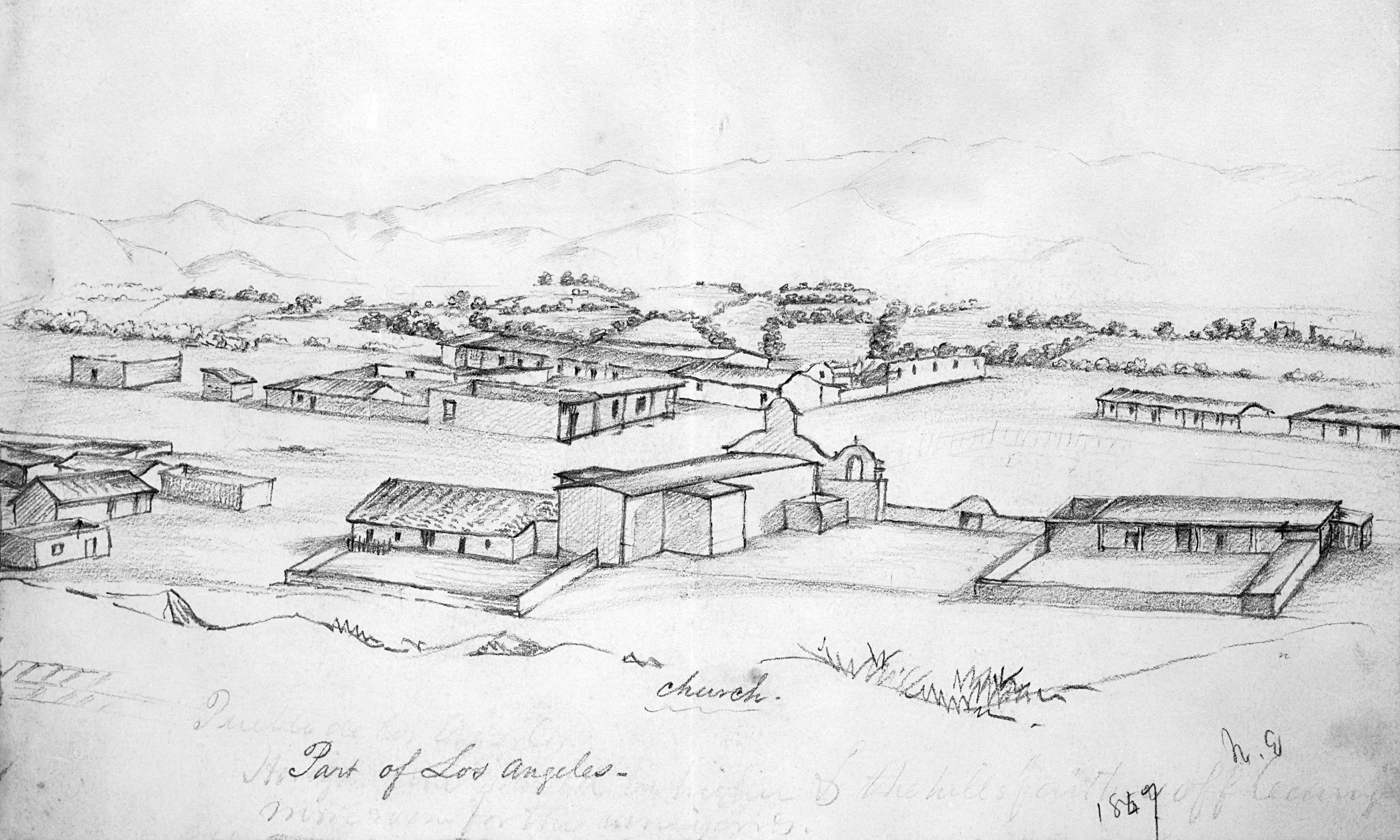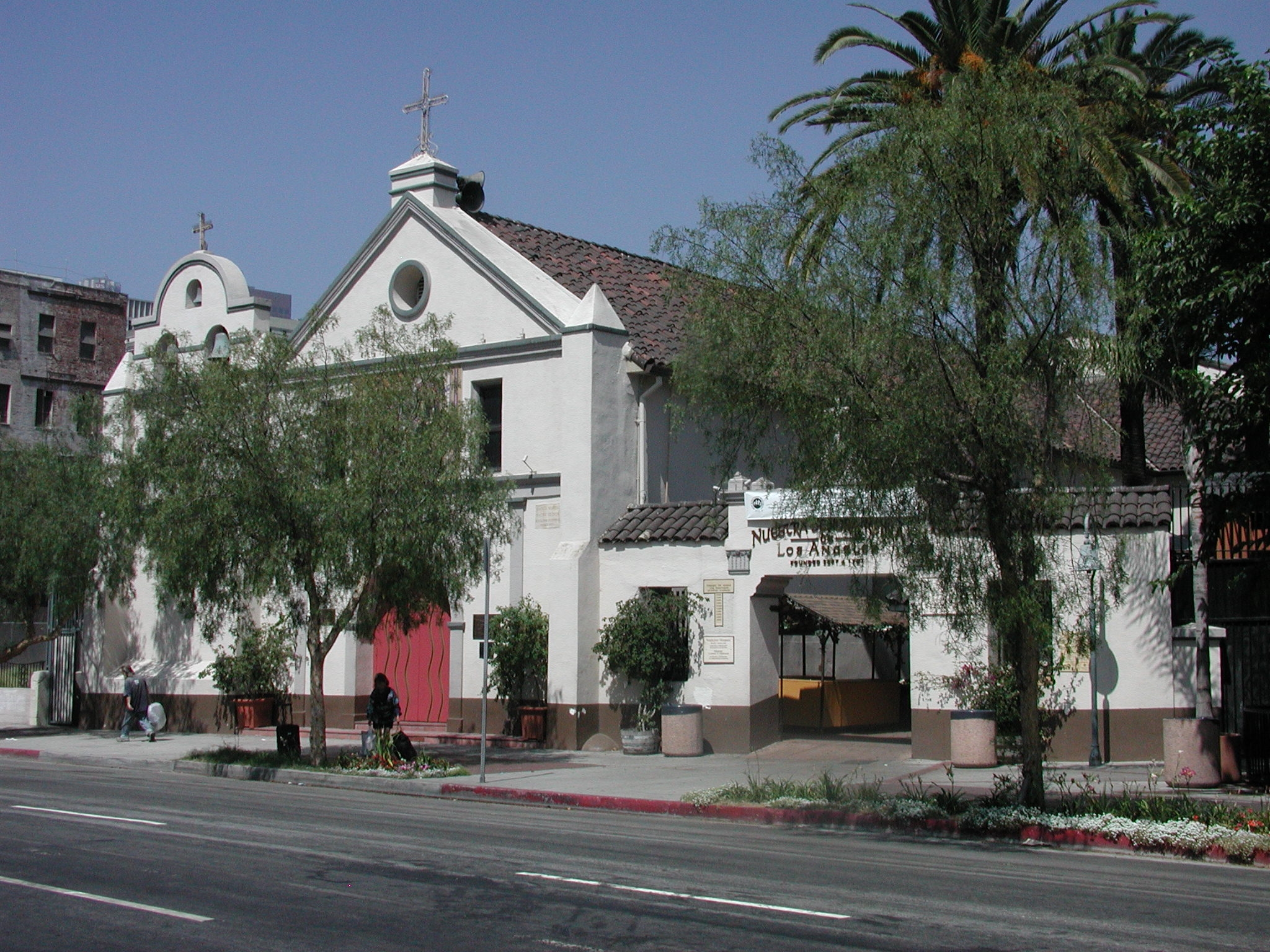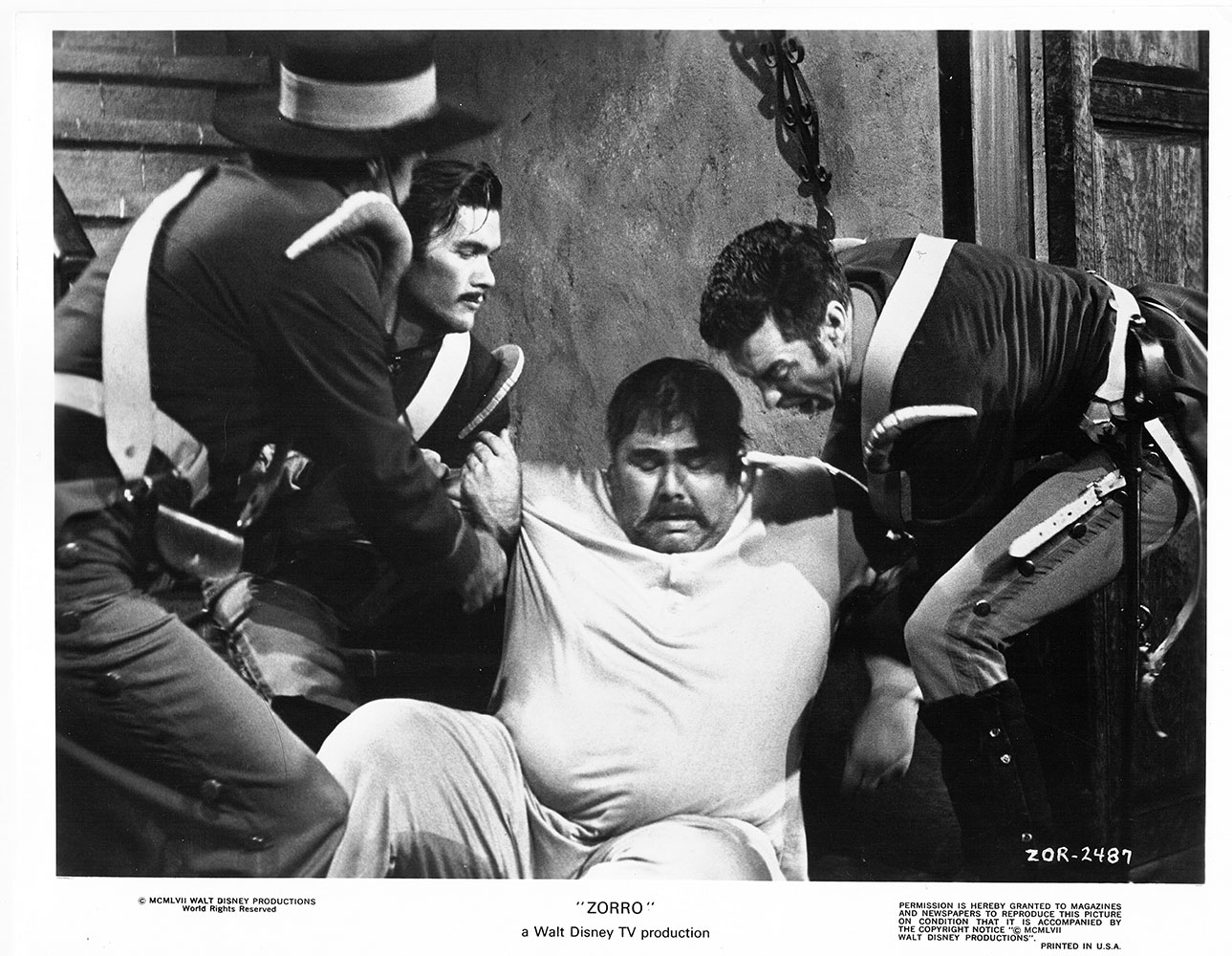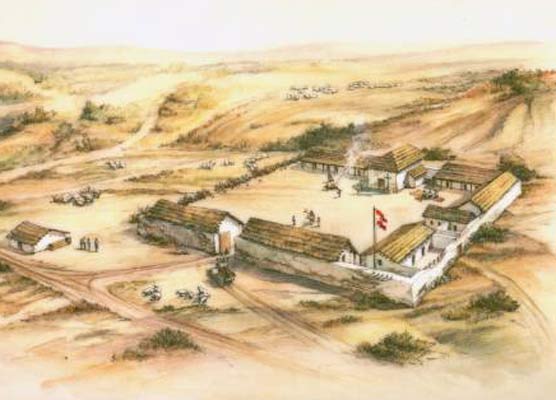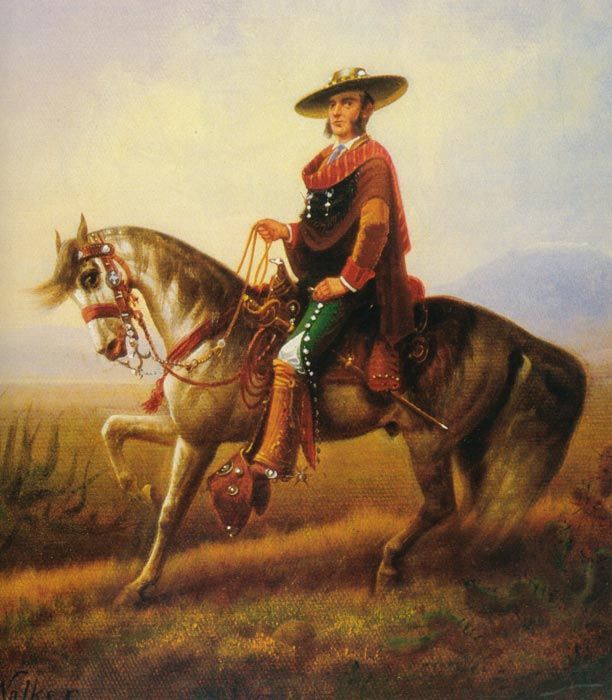“The cat walked stiffly round a leg of the table with tail on high.
—Mkgnao!
—O, there you are, Mr Bloom said, turning from the fire.
The cat mewed in answer and stalked again stiffly round a leg of the table, mewing. Just how she stalks over my writingtable. Prr. Scratch my head. Prr.
Mr Bloom watched curiously, kindly the lithe black form. Clean to see: the gloss of her sleek hide, the white button under the butt of her tail, the green flashing eyes. He bent down to her, his hands on his knees.
—Milk for the pussens, he said.
—Mrkgnao! the cat cried.
They call them stupid. They understand what we say better than we understand them. She understands all she wants to.” (James Joyce, Ulysses, Chapter 4)
As always, dear readers, welcome.
We were chatting with our cat this morning.

(this is a google image—Minerva is opposed to being photographed, something to do with magic, we believe—but she is a Siberian, like this one)
Well, not deep in conversation, as, unfortunately, our vocabulary is rather limited and what we know is based upon a number of years of trial and error, rather than serious linguistic analysis. We do know that something like “Mrr-ANG!” (M + trill, ending with a sound sort of like the dessert, meringue, said mer-RANG!)

appears to mean “I need food and water, please!”
Being trainable, we respond to that and she seems pleased when the requested items appear in her bowls. Whether this is because she sees that, dim as we are, we understand a little of her language, or she’s just happy to get food and water, we can’t tell for sure, but she’s pretty consistent with the sound, so it’s probably a good guess that that sound means what we think it does.
Beyond that, we’re still in the initial stages of discovery. This would be easier, of course, if we had a kind of cat Rosetta Stone.

Found in northern Egypt in 1798, it’s a bi-lingual inscription. The top two parts were in two forms of ancient Egyptian writing, Hieroglyphics and Demotic, which were, at the time of its discovery, unreadable, but the bottom inscription was in classical Greek, a well-known ancient language.

Imagine such a stone on which the top was Feline (as we’ll call it)—but perhaps in only one form—and, below, an ancient but known language, like Latin, say. We could then guess, as the main decipherer, Jean-Francois Champollion (1790-1832) guessed of the Egyptian writing on the Rosetta Stone,

that what he saw was, in fact, the same message, written in 2 different languages, Egyptian and Greek. With that in mind, he began to try to make the equivalents between what he saw on that top line with what he saw of the Greek below. He had no idea how to pronounce it, of course, and we still don’t, in part because the writing system didn’t include vowels. Champollion, however, had learned ancient Egyptian’s final linguistic form, Coptic, once still spoken in modern Egypt, along with the dominant language, Arabic, and he found this useful in his work. (If you’d like to hear a little more about spoken ancient Egyptian, see this LINK by Egyptonerd: https://www.youtube.com/watch?v=U_7ZVSHV2tU We highly recommend this site as Egyptonerd is both very learned in things Egyptian and just fun to watch and listen to—and all from what looks like his attic/loft.)
So, here would be the stone, with a sample of Feline above and Latin below.
_____________________________________________________________
| MRRNKGIAO RRRAHNIAH URRNAHNIAP GNAPNAPNAP NAOIAO NRAH |
| |
| |
________________________________________________________
| OMNES SCIUNT FELES ORBI TERRARUM IMPERARE |
| |
| |
_____________________________________________________________
There would be all sorts of things to sort out along the way. An immediate problem would be the word order. Suppose that Feline is what is called a SVO language—that is, a Subject Verb Object language, like English: we love dogs. But Latin is commonly an SOV language, a Subject Object Verb language: we dogs love. This means that, although the ideas may match, the way the words are set down won’t necessarily. And that’s only one difficulty!
It’s easy to see why, then, that, in stories with talking animals, the animals always seem to speak the language of the main characters. And talking animals are everywhere, from fairy tales, like “Puss in Boots” (first appearing in Charles Perrault’s Histoires ou contes du temps passé, avec des moralités, 1697—here’s the first English translation, from 1729)

to children’s stories, like The Jungle Book (1894),

L Frank Baum’s The Wonderful Wizard of Oz (1900),

and C.S. Lewis’ The Horse and His Boy (1954—although a number of the Narnia books feature talking animals—beginning with Aslan).

For this posting, however, we want to conclude with a series of books with a very different approach, one which goes back to our (Cat) Rosetta (Rosecatta?) Stone idea.
In 1920, Hugh Lofting (1886-1947)

published The Story of Doctor Doolittle. The book had begun as a series of stories which Lofting, in the trenches of France in the Great War, wrote home to his children. In the first volume in the series, he begins his study of animal speech when his parrot, Polynesia,

informs him that all animals have their languages. The Doctor then goes on to a long series of adventures with animals through 15 books (several published posthumously). For modern people, more aware of the dangers in casual racism, there is an element of that racism which would hardly have been noticed when at least most of the books had been published, but stands out now. Considering how humane the Doctor—and his author—were, it’s sad to be reminded that even in past children’s books using stereotypes and certain words was thought to be perfectly acceptable. We offer you a LINK to the first book, however, suggesting that, for the ideas about human/animal communication and for the quiet humor which often turns up, you might try it, skipping over those parts which we now would question: http://www.gutenberg.org/files/501/501-h/501-h.htm
And, more cheerfully—and more characteristic of so much of the Doctor—we include this, from the 1967 film, starring Rex Harrison as the Doctor.

It’s the song the Doctor sings when Polynesia reveals to him that all animals have their own languages and he’s excited at the potential for interspecies communication.
(Chorus 1)
If I could talk to the animals, just imagine it
Chatting to a chimp in Chimpanzee
Imagine talking to a tiger, chatting to a cheetah
What a neat achievement that would be!
If we could talk to the animals, learn their languages
Maybe take an animal degree
I’d study Elephant and Eagle, Buffalo and Beagle
Alligator, Guinea Pig, and Flea
I would converse in Polar Bear and Python
And I would curse in fluent Kangaroo
If people ask me, “Can you speak Rhinoceros?”
I’d say, “Of course-ros
Can’t you?”
I’d confer with our furry friends and animals
Think of the amazing repartee!
If I could walk with the animals, talk with the animals
Grunt and squeak and squawk with the animals
And they could talk to me
(Chorus 2)
If I consulted with quadrupeds, think what fun we’d have
Asking over crocodiles for tea
Or maybe lunch with two or three lions, walruses or sea lions
What a lovely place the world would be
If I spoke slang to an orangutan, the advantages
Any fool on Earth could plainly see
Discussing Eastern art and dramas with intellectual llamas
That’s a big step forward, you’ll agree
I’d learn to speak in Antelope and Turtle
My Pekinese would be extremely good
If I were asked to sing Hippopotamus
I’d say “Why not-amus?”
And would
If I could parley with pachyderms, it’s a fairy tale
Worthy of Hans Andersen or Grimm
A man who walks with the animals, talks with the animals
Grunts and squeaks and squawks with the animals
(Chorus 3)
A man can talk to the animals. It’s a miracle!
In a year from now, I guarantee
I’ll be the marvel of the mammals, playing chess with camels
No more just a boring old M.D
I’ll study every living creature’s language
So I can speak to all of them on sight
If friends say, “Can he talk in Crab or Pelican?”
You’ll say, “Like hell he can.”
And you’ll be right
And if you just stop to think of it, there’s no doubt of it
I shall win a place in history
I can walk with the animals, talk with the animals
Grunt and squeak and squawk with the animals
And they can squeak and squawk and speak and talk to me!
And here’s Harrison singing—well, speaking it:
Now we hear our cat calling: if we hurry, we might pick up a new vocabulary word!
Thanks, as ever, for reading,
Stay well,
And remember that there is always
MTCIDC
CD























































